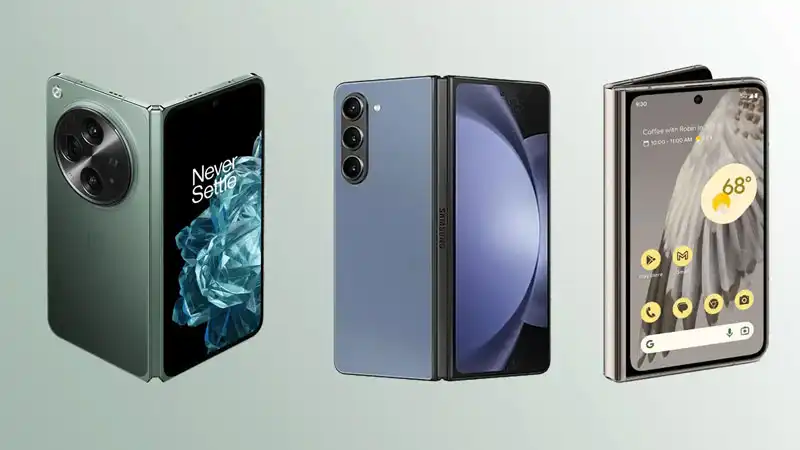The concept of a foldable phone, once a futuristic dream, has become a reality, revolutionizing the mobile device market. From the early, experimental models to the sophisticated devices we see today, folding phones have evolved significantly. Let’s explore the journey of these innovative devices, highlighting some of the key models and advancements that have shaped their development.
The Pioneers: Early Foldable Models
- Royole FlexPai (2018): Often credited as the world’s first commercially available folding phone, the Royole FlexPai introduced the concept of a flexible display that could be folded inwards. While it had limitations, it marked a significant milestone in the evolution of foldable technology.
- Samsung Galaxy Fold (2019): Samsung’s first foray into the foldable market was met with both excitement and skepticism. Despite some early issues, the Galaxy Fold demonstrated the potential of folding phones, paving the way for future models.
The Evolution: From Novelty to Mainstream
- Samsung Galaxy Z Series: Samsung has been at the forefront of foldable phone development, with its Galaxy Z series becoming synonymous with the category. Models like the Galaxy Z Flip, with its clamshell design, and the Galaxy Z Fold, with its tablet-like expansion, have offered consumers a variety of options.
- Google Pixel Fold: Google’s entry into the foldable market with the Pixel Fold has introduced a fresh perspective to the category. The device’s focus on software integration and AI-powered features has positioned it as a strong contender.
The Latest: Samsung Galaxy Z Fold 6 and Google Pixel 9 Pro Fold
- Samsung Galaxy Z Fold 6: As the latest flagship in Samsung’s foldable lineup, the Galaxy Z Fold 6 is expected to offer significant improvements in terms of display quality, performance, and camera capabilities.
- Google Pixel 9 Pro Fold: Google’s Pixel 9 Pro Fold is likely to build upon the success of its predecessor, focusing on AI-driven features and a seamless user experience.
Key Advancements in Foldable Technology
- Display Durability: Manufacturers have invested heavily in developing more durable folding screens, ensuring that these devices can withstand the rigors of everyday use.
- Hinge Design: Improvements in hinge technology have led to smoother folding mechanisms and reduced crease visibility.
- Software Optimization: Foldable phones now benefit from optimized software that takes advantage of their unique form factor, providing a more immersive and productive experience.
Conclusion
The journey of folding phones has been marked by innovation, experimentation, and significant advancements. From the early pioneers to the latest models, these devices have evolved to offer a compelling blend of portability and versatility. As technology continues to advance, we can expect even more exciting developments in the world of foldable phones.



